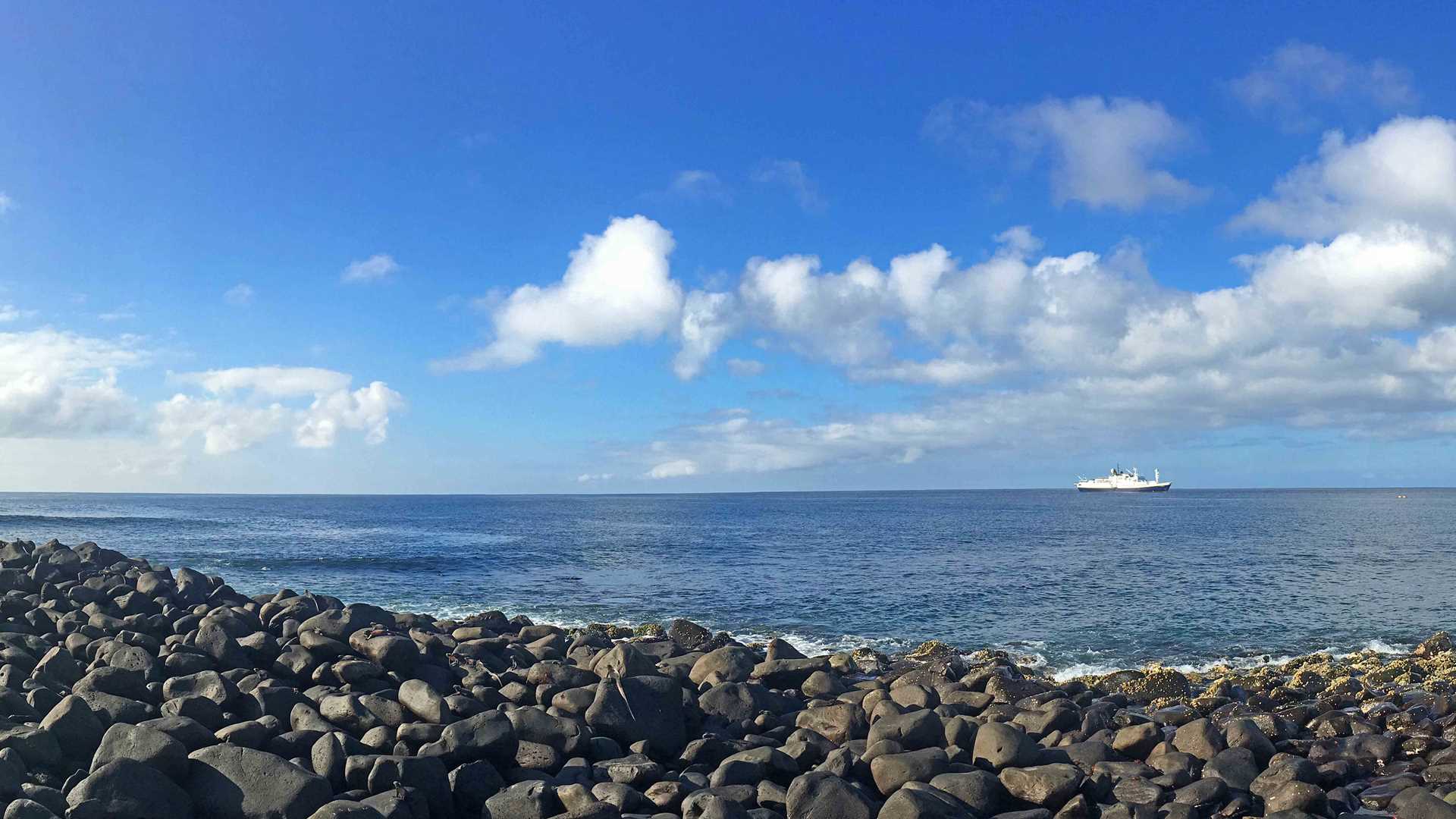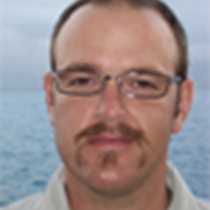A day of colorful diversity and life awaits us as we start at Gardner Bay along the northern coast of Española. As the sun alights us we find that we are floating over turquoise waters, with a bright white, coralline sand beach in the distance. This morning we start our exploration of the undersea world as we head to the beach of Gardner islet. The water temperature is an invigorating 63° F as we enter the crystalline waters, immediately encountering a young Galapagos sea lion that decides to blow bubbles at us and swim circles around us. In the shallows we find cornet fish and Mexican streamer hogfish with the occasional damselfish protecting their algae “gardens”. Heading into deeper waters, a wall of vibrant invertebrates is before us, with bright orange cup coral standing out and chocolate chip sea stars lining the benthic area. A group of young sea lions start to follow us and swim with an incredible agility, as their mothers forage in the deeper surrounding waters. Galapagos sea lions can nurse for up to two years due to their relatively slow growth rate and low milk fat content of the mother’s milk, allowing them time to “play” along the shore, learning the skills to eventually be able to fish on their own. Landing on a long white beach, we are able to get a close look at the sea lions as they laze in the sun to recuperate their energy after long foraging runs offshore. We appear to be followed constantly by the Española mockingbird that is protecting its territory and searching constantly for sustenance during this dry season. Española’s older age in the archipelago allows us a chance to see what has developed uniquely over time on this chain of islands, in isolation from South America—many of these species are endemic only on this island.
Our Captain Patricio navigates National Geographic Endeavour towards Punta Suarez along the western coast of Española Island. We encounter a dense population of various species, some of which cover the path that we walk upon. This area has one of a few waved albatross colonies found on the island. The waved albatross is not only endemic to Galapagos, it is unique also to Española. This pelagic species leaves the islands towards the end of the year, following the Humboldt Current as it seasonally recedes towards the west coast of South America. As we head into the cool season and this current returns, the albatross make their first landfall here. An elaborate mating display ensues while they search for their mates, and being faithful to the pair, they try to propagate the species year after year, possibly living up to 60 – 70 years. As we are close to the end of the season, we find fledglings almost ready to continue this circle of life, learning the pattern that sustains this species. Among Nazca boobies that hold vigilance over the steeps cliffs of the South, and red-billed tropic birds making high-pitched screeches overhead, we can see that this area has a high productivity in the surrounding seas. Galapagos hawks watch over a field of possible prey as we return to our landing site. As a crimson sun dips into the ether and the last Galapagos shearwaters return to the coastal area, we may have started to understand in the smallest way the uniqueness of this world among itself.







